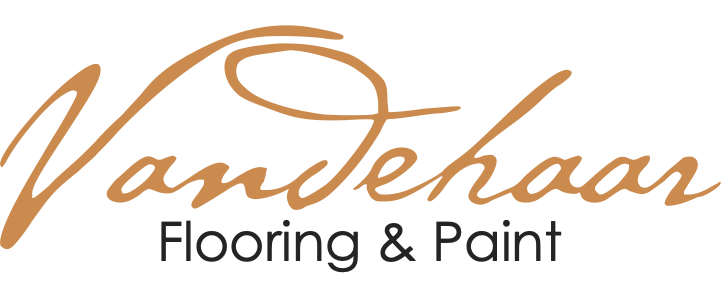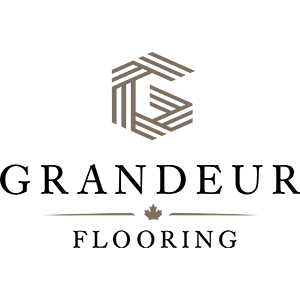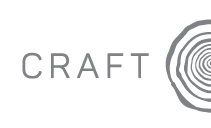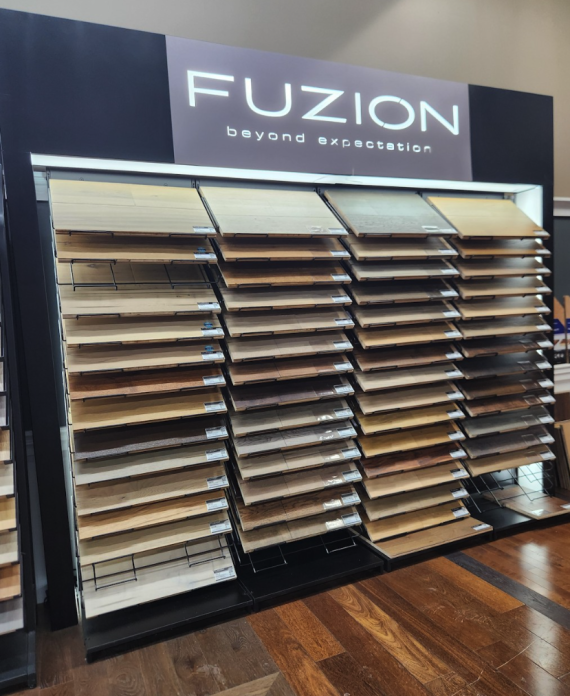Explore the Natural Beauty of Hardwood Floors
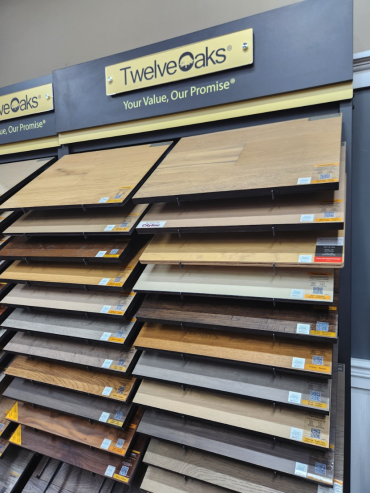
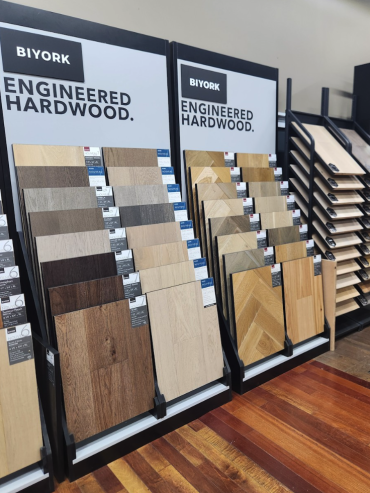
Hardwood flooring stands out as a testament to natural beauty and richness, offering an unparalleled look and warmth that is difficult to replicate. Hardwood has evolved significantly over the years, yet it maintains its timeless appeal and ability to add real value to any home.
One of the most enduring qualities of hardwood floors is their longevity and character – no two boards are the same! With proper maintenance, these floors can last a lifetime, making them not only a stylish choice but also a remarkably economical one over the long term.
Our showroom showcases a vast selection of styles, colours, and species, offering something for every aesthetic preference and design needs.
Let Us Be Your Guide
At Vandehaar Flooring, our role extends beyond just selling hardwood flooring. We are here to guide you through the selection process. We understand that each customer has unique wants and needs, and our approach is to ask the right questions that help define these preferences, ensuring you find the perfect match for your home.
Among the brands we carry are Fuzion, Twelve Oaks, BiYork, Craft, Grandeur, and Preverco, each renowned for their quality and excellence in hardwood flooring. These brands represent the best in the industry, so you know that when you choose Vandehaar Flooring, you’re choosing a blend of quality, elegance, and durability.
Step into Vandehaar Flooring & Paint and embark on a journey to find the hardwood flooring that not only meets but exceeds your expectations, blending natural beauty with lasting elegance.
Brands We Carry
Solid Wood or Engineered Hardwood?
Solid Wood Floors: Solid wood floors, typically 3/4″ thick, are crafted from a single piece of wood. Solid hardwood is more sensitive to humidity and temperature changes, making it unsuitable for below grade installations Solid hardwoods tend to be offered in narrower more traditional styles.
Engineered Wood Floors:.Yes Engineered hardwood IS real hardwood!The construction of engineered hardwood significantly reduces plank expansion and contraction allowing installation on any level of the home. This makes a more stable product that allows for the desired wide plank styles of today. The construction of engineered hardwood has many benefits over solid and equals or exceeds the performance of a solid hardwood.
Professional Installation Available
Professional installation is a cornerstone of our service as proper installation is very important for the final look of your floor. Proper installation is also mandatory for the warranty of your floor. Our team of experienced installers have the tools and skills to necessary to provide a quality installation.
At Vandehaar Flooring, we recognize the growing number of DIY enthusiasts eager to undertake their own installation projects. If you choose the DIY route, it’s crucial to adhere strictly to the manufacturer’s instructions not just for the successful installation of your hardwood floor, but also to maintain your warranty. Remember, installing your hardwood floor correctly protects your investment and promises years of enjoyment and satisfaction.
Need Samples?
We understand that the best place to experience how the products and colours will look in your home is in your home. That is why we offer the option to borrow samples of all our flooring samples and wallpaper books. Paint samples are always available for you to take and sample size test pots are available to purchase at a small cost.
Shop at Home Services Available
Unable to come to the store? Let us visit your home with samples with our free ‘Shop At Home’ service. Call us for details at (905) 765-5525.
